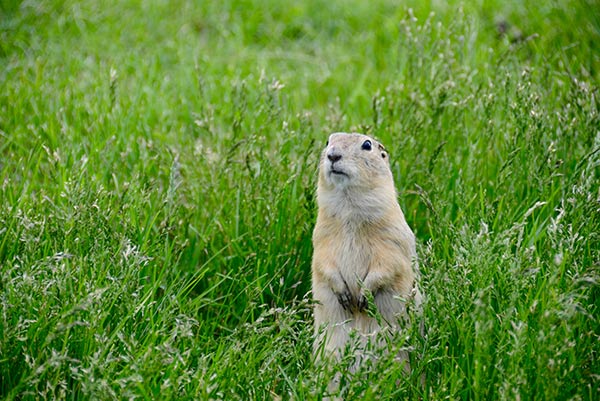How Long Does a Gopher Live? Insights and Facts Revealed
Share
The question of how long does a gopher live can be quite intriguing for many. These small, burrowing mammals are often seen as pests in gardens and lawns, but understanding their life span gives us valuable insights into their behavior and ecology. Not only that, but it also opens up the conversation about how we coexist with such creatures in our environment.
Gophers fall under the category of **pocket gophers** and have average lifespans that can vary widely due to various factors, including environmental conditions and predation. Typically, a gopher may live up to **three years** in the wild, especially if it manages to avoid the many dangers that inhabit this ecosystem.

Understanding Gopher Lifespan
Gophers are known for their relentless burrowing habits which can lead to extensive tunnel systems underground. This underground lifestyle not only helps them evade predators but also plays a crucial role in their lifespan. A safe and secure underground environment can contribute to a gopher living longer.
Several factors affect the life expectancy of gophers:
Predators and Threats
In the wild, gophers face numerous threats from various predators. Animals such as hawks, snakes, and even larger mammals can drastically reduce their population. The constant threat of predation means that many gophers do not live to their full potential lifespan. Additionally, environmental changes, habitat destruction, and human intervention also contribute to their mortality rates.
Habitat Conditions
The environment in which a gopher lives significantly impacts its lifespan. Gophers thrive in environments that provide ample food sources, like roots and tubers, and that allow for safe burrowing. Poor soil quality or a lack of vegetation can lead to malnutrition, therefore shortening their life expectancy.
Do Different Species Live Longer?
Interestingly, not all gophers share the same lifespan. There are various species of gophers, including the Western Pocket Gopher and the Soochow Gopher. Each species has adapted to their environment, which can dictate their average lifespan. For instance, some may thrive in urban settings where they have fewer natural predators, potentially extending their life.
How Human Activity Affects Gopher Lifespan
Urbanization has had a significant impact on gopher populations. Loss of habitat due to construction and landscaping can create challenges for these creatures. Changes in land use can lead to a more dangerous environment where gophers are more exposed to predators and human threats. Moreover, the use of **pesticides** and other forms of wildlife control can severely affect gopher populations, further influencing their lifespan.
The Role of Gophers in Ecosystems
While some view gophers as pests, they play a crucial role in the ecosystem. Their burrowing habits aerate the soil, which can improve water infiltration and root growth. Understanding their lifespan and ecological contribution can change our perspective on living alongside gophers.
Adapting to Coexistence
Learning how to coexist with gophers can be more beneficial than trying to eliminate them. Methods such as using natural repellents or creating barriers can help protect gardens without harming the gophers. Check out this article on how to get rid of gophers.

Frequently Asked Questions about Gophers
1. How do I know if I have gophers in my yard?
You can identify gopher activity by looking for mounds of dirt, which are typically round and have no vegetation on top. You may also see holes with no dirt surrounding them.
2. What do gophers eat?
Gophers primarily feed on the roots of plants, but they also enjoy eating bulbs, tubers, and other underground vegetation.
3. Can gopher populations be controlled?
Yes, there are several methods to control gopher populations, including trapping and using natural deterrents. You can find out more about catching gophers.
As an Amazon Associate, I earn from qualifying purchases.
